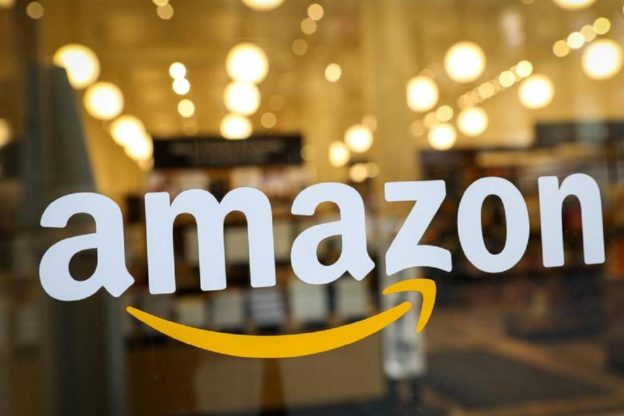Amazon’s over-arching business goal has shifted; it has evolved from creating a top performing e-commerce platform to becoming the enabler of e-commerce sellers wherever they choose to sell as long as one of those places is AmazonAMZN.
Driving this change is the fact that the Amazon business mix itself has changed. Third party sellers represented 40% of sales 10 years ago and the sales of third-party sellers are 60% of total sales today. This is a drastic shift. At the same time, the company has truly become a global company, selling products in over 39 countries. U.S. based sellers exported more than 216 million products to customers in other markets last year. The total number of units is eight times larger than a decade ago.
The process of helping many of its third-party sellers flourish in the past year has also benefitted Amazon and served to enhance its business capability. Amazon is helping the business of many sellers through such services like Amazon Advertising, Lending and Fulfillment by Amazon, Brand Registry, Seller Fulfillment Prime, Seller University, and Amazon Accelerate. These services have generated new business opportunities for Amazon while also broadening the horizon for sellers. Many of the sellers are now using at least some of these services.
One of the strengths of Amazon is that its culture encourages the teams to be innovative and think outside of the retail and technology box to come up with new ideas. It puts Amazon in a leadership position and other retailers have followed its lead. For example, the successful technology and infrastructure that was developed for its own e-commerce is now made available to third party sellers as a service.
The recent Amazon Accelerate 2023 conference (held earlier this month) served as a platform to share an ever-growing range of products and services now available to its third party sellers. Several keynote speakers, including Dharmesh Mehta who is VP of Worldwide Selling Partner Services, presented an overview of these Amazon programs.
Some of the key features and services discussed at the conference were:
1. Warehouse Fulfillment and Delivery. The Fulfillment by Amazon service is not only available to support orders made on Amazon but also handle orders made on a seller’s DTC sites when the item is purchased through Prime. In addition, when a seller needs fulfillment help, including at brick & mortar stores and other sites, Amazon will deliver inventory to any channel.
2. Worldwide Warehousing and Distribution. Amazon now has upstream storage facilities dubbed Amazon Warehousing and Distribution. This new service from the Amazon Supply Chain can both store and ship seller products within the entire Amazon fulfillment network. It provides an all-inclusive third party logistics solution that even handles products not sold through Amazon.
3. Ground Package Delivery Service. This new service is available to sellers that manage and fulfill their own orders, giving them access to the Amazon Transportation network. They can ship their Amazon orders as well as orders from their own DTC websites or other selling channels, including warehouses.
4. Shipping and Inventory Management Hardware. The new Veeqo Scanner is an enterprise level warehouse fulfillment scanner that helps sellers manage their own inventory. The new scanner will give Amazon 5% back on eligible shipments.
5. Financing and Financial insights. Last year, sellers borrowed more than $2 billion through Amazon Lending’s third-party partners. Now, qualified sellers can borrow more than $5 million and be able to pay their vendors directly. The Amazon team is also available to make recommendations for costs-savings initiatives.
6. Product and Market Research. Amazon sees a large number of shoppers daily, and those shoppers provide data that Amazon is increasingly making available to its sellers. Access to such information is a valuable tool that can help them improve their product and marketing plans.
7. Customer Relationship Management. Amazon selling partners have access to a customer loyalty dashboard which offers them insight into behavior and historic trends. Such data can to help them manage long-term relationships with their customers. It also gives them the ability to communicate with Amazon shoppers.
POSTSCRIPT: The Amazon business model of today reflects a real partnership between Amazon and third-party sellers. It adds professionalism that will support long-term relationships and assure a warm relationship that will enhance business into the future. I am convinced that the sales of third-party sellers will increase from 60% to a higher number over time, since these sellers will become more professional, inventive, and successful. The insight in the total operation of Amazon leaves one breathless.
https://www.forbes.com/sites/walterloeb/2023/09/22/drastic-changes-at-amazon/amp/





